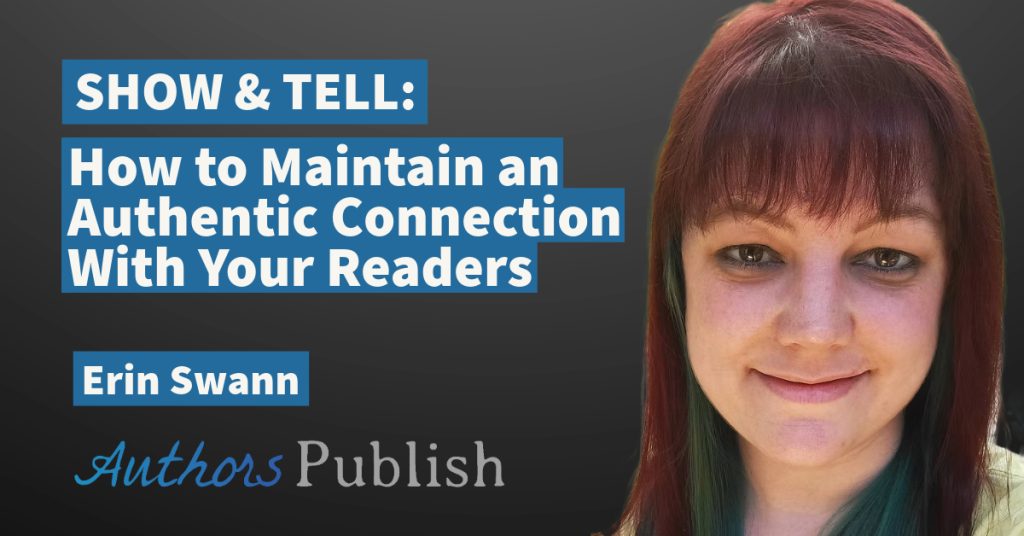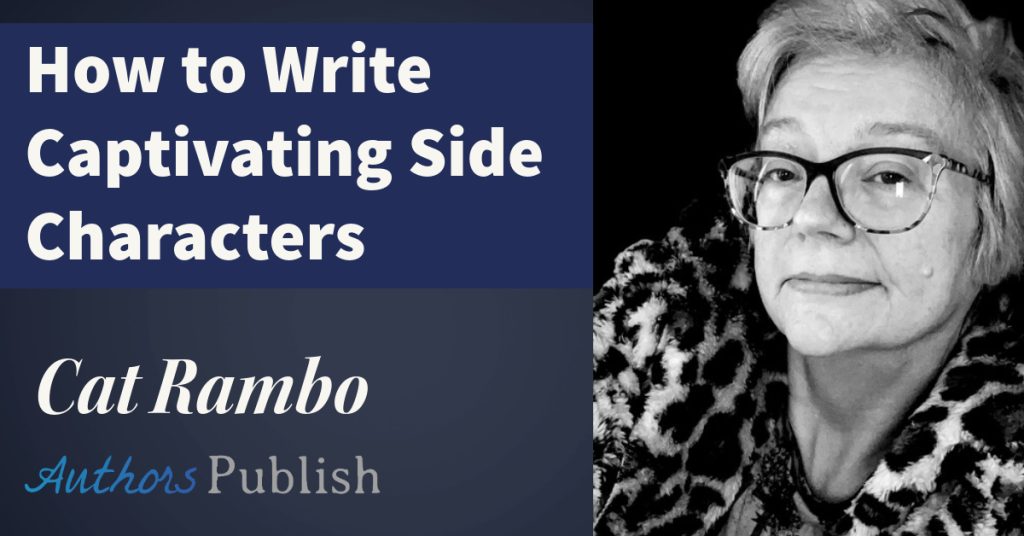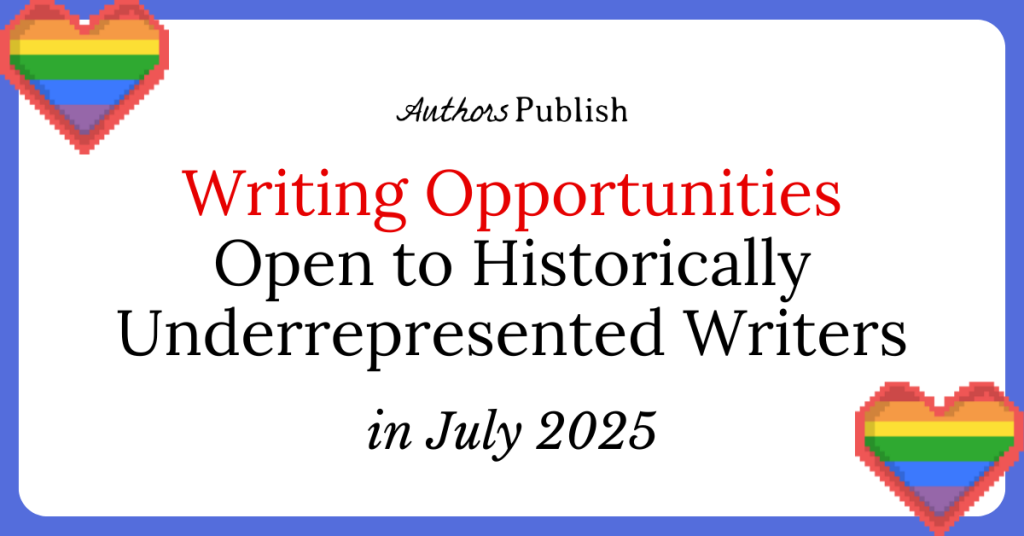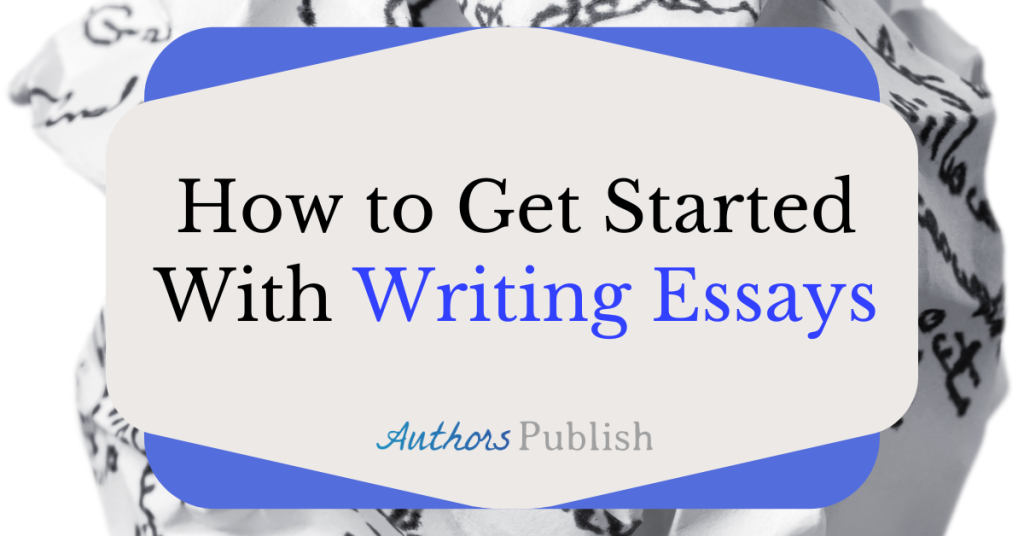By JoAnneh Nagler
For this article, I thought I’d give myself the very assignment we’re going to talk about: writing a piece of fiction that draws the reader in, right off the top, in a compelling way. When I was writing my new book of short stories, Stay with Me, Wisconsin, that challenge came up every twenty pages or so: how could I create a powerful hook, and drop the reader into the middle of something with not too much ramp up, just quick emotional stakes? Then, how could I drop enough bread crumbs to set up the thread of what the piece would lead to—an awakening? A loss? A sweeping up in the arms of a yearned-for loved one? And finally, how could I make my story magnetic enough for the reader to want to keep reading? Here’s my example:
I was standing on the side of a barren highway at ten years old, in Nevada, at the end of one of those blasting hot desert driving days—dry wind whipping blasts of oven-temperature air into my face on the edge of the crusted-and-battered road. Cars were whipping by at crazy, open-road speeds, plastering my sweaty hair to the side of my head, and my ruffled shirt and denim cut-offs were sticking to my skin, my white lace-up tennies filthy from standing in the dust.
My mom had been wielding the paneled Ford station wagon for at least ten hours, and my siblings and I had argued the whole way—“It’s hoooooot in here!” “Will there be a pool at the motel? I want a pool!” “Can’t we stop for popsicles and Cokes?” “Mom…come on!”
My mother had largely blown us off, concentrating on the long stretch of dotted white lines ahead and flipping through the static-filled radio dials.
But now, standing on the lip of the highway, one foot on the chewed-up rocks of the shoulder and another on the heat-steamed black asphalt, leaning dangerously into the oncoming lane, my mother was frantic. Her hair, usually completed shellacked in place in that early 1970’s teased-and-ratted bonnet of a hairdo, was mashed down under a yellow cotton scarf, tied under her chin. A lime green truck stop loomed behind us with bare metal stanchions on the roof that angled up in arches, like they were aiming for heaven, the sun reflecting off them with an eye-stinging glare. It was just six o’clock, and another station wagon pulled up next to us, the second family that was travelling with us—the first day of both families’ move to Wisconsin from the West Coast.
“A simpler life—less of this ridiculous rat race,” my mother kept saying when we packing. “That’s why we’re going.” Who cares, I thought, every time she said it. I don’t want to go. Everything we owned was mashed into boxes, in battered U-hauls somewhere on the highway.
The woman, Loretta, jumped out of her car, her three boys shoving each other behind her, and they ran to stand next to my mother on the road. “We’re in trouble, Marge. They’re never going to find us!” Loretta wailed. My mother began to weep.
The men, the fathers, were driving the moving trucks, my six-year-old brother with them, me and my two sisters in the Ford wagon with my mother, and no one—not one of the adults—had thought to plan a meeting place. (This, long before cell phones or even car phones.) They all took off in their vehicles, kids packed in the wagons, and as the weighted and laden moving trucks lagged behind, the women just kept on driving, speeding ahead.
I had never wanted to leave home in the first place, and now I was standing in the dirt, leaning into speeding traffic, my father lost on the scalding highway somewhere. What if he had a car accident? What if he’s dead on the side of the road?
In ten seconds a State Trooper pulled up fast and hard, flashing his bright red lights and then jumped out and shouted, “Hey! Get off the damned road!” We were a line-up by then—my mother, Loretta, me, my siblings, and Loretta’s boys—half in the lane of eighty-mile-an-hour traffic, leaning in and whipping our heads as the trucks flew by, searching.
“I said, get off the damned highway!”
“My husband and my son are out there!” my mother shouted. “And we’re never going to find them!”
The Trooper took a good look at her—my mother was lovely to look at—then came nearer, put an arm around her shoulder, and she wept on his shoulder for a good ten minutes.
The reunion, after hours of Highway Patrol radio communiques, happened in the black, black of the night—one in the morning—my father having driven up and down the interstate, stopping at every motel and abandoned diner, searching. My mother ran across the truck stop’s parking lot and threw herself, sobbing, on to my father’s chest. “Oh, Jesus! …I’d thought I’d never…Oh, thank God…” She cried loudly, spilling tears on his dirty T-shirt.
I stood by myself, twelve steps back from them, little pieces of chewed up rocks poking into the flesh of my bare feet, having run out of the motel room full speed behind my mother. My parents were weeping, holding on, kissing, pulling back and kissing again, my little brother gripping my father’s leg.
I looked up at the bare desert sky, the dome of it splattered with more glinting and flickering stars than I’d ever seen before in my life, and, at ten years old, staring at them, I thought, I want to yearn like that.
I opened this article with this passage, with this assignment—giving myself the parameters of writing just over 800 words in thirty to forty minutes, making the details compelling enough for a reader to want to keep reading—to illustrate a very simple point: that we, as writers, can set a stage, a setting, and lead a reader to emotional stakes in a few short lines. We can get the reader inside the circumstances and the locales, then draw them into what our characters want, as well as how the events impact the heart of the protagonist who’s telling the story. And we can do all of that quickly.
Why ‘quickly’? Can’t we take our own sweet time drawing the reader in?
In a word, no. Compelling beginnings are what writing teachers often call a “hook.” We’re in as readers, we keep reading—sometimes when we don’t even like the set-up—because the writing pulls us in. It draws us.
An opening that hooks the reader helps makes fiction work. It makes it compelling from the first pages, and assists in holding the thread of interest through the whole piece. So how do we write it?
These days, I read a lot of other writers’ work, both professionally and for fun, and what always moves me—or even slays me—is when a writer can get me to want something for the character in the first few pages. How is it done?
Before we dive into that answer, it’s important to note that there are many ways to write compelling fiction. Historically, novels had long passages of setting notes, and lots of “interiority”—that is, the narrator telling us things she or he is thinking or feeling—and sometimes, there may be two or more full pages of the protagonist’s awakening senses in a scene. If the novel has an omniscient point of view, which is often the case in historical fiction, then it’s the author who might take us on a pages-long, slowed-down sensory realization of, say, the dew in the field—a study of droplets in a swaying wheat field, light shimmering through stalks as the morning rays delicately angle above the yellow grain. Now, I just wrote that description quickly in one sentence, but many authors take pages to describe that arc. Personally, I tend to skim those passages, looking for the heart of the story. Where’s the interaction? What’s the arc of what the protagonist is going through or wants? But that’s just me. Some readers find that lush and slow-discovery prose rhapsodic. They find it relaxing.
The upshot is that our style is going to determine how much time we spend on setting notes and how much time we spend on the stakes. But we’ve got to have both, and they need to be balanced so that the reader keeps reading. It’s also important to note that our current writing culture has a say in that arc, too. Meaning, we’re often required, in literary journal submissions, to limit ourselves to flash fiction (1000 words or under) or 3,000 words for stories. And that’s going to determine how in-depth we can get, yet we still have to infuse the piece with emotional power.
What we want, in my opinion, is flow. A nice balance between 1) the inner world of the character, 2) where she’s standing, and 3) what’s being said. How do we find that and put it on the page?
Let’s take a look at the example I wrote above. Notice how the opening lines begin with sensations. Things the protagonist sees, feels and senses. I often ask myself, What’s happening on the protagonist’s skin? What does she sense, feel, taste or hear?
Then, in our example, we also learn how old she is, along with the timeframe—1970’s—and we learn that she’s a girl from two simple details: her ruffled shirt and her white lace-up tennies. These details help ground us. Now, we could have a gender-orientation conversation here—a boy could wear ruffles and white tennies, too, but that would be a very different story. Let’s take that apart for a moment. Suppose it was a boy in the early 1970’s wearing these things. Then I’d need to tip my hat to the reader by writing something like, That morning, I fought with my mother about wearing the ruffles, the white tennies—“Boys don’t wear those things!” she shouted at me. “I want to,” I screamed, then started kicking the tin garbage can next to our Pontiac—hard. “Oh, just get in the car! I swear to God, I can’t fight with you today!” We learn, from this passage, the stakes—a boy, wearing traditional girls’ clothes, at a less-accepting time in history, and that takes the story in a strong direction. In my example, the arc I’m after is the ten-year-old’s recognition that she wants to yearn. She will, later, realize she loves to wander, and that this experience of standing on the side of the gritty highway on a blasting hot Nevada evening, wondering if she’ll ever see her father again, was the click in her heart that made her want to drift and move across the country. It will be a metaphor for why she can’t settle down, why she’s constantly searching. And I’m setting that up as the author, making up those details from the circumstances.
We also see and feel the setting. Note how the adjectives are not average. I could just write “dirty,” dusty,” “hot,” “speeding cars”—and though I do use those words or phrases, they’re peppered with words that spice up the mix a bit: “dry wind whipping blasts of oven-temperature air into my face…”; “the edge of the crusted-and-battered road”; “heat-steamed black asphalt”; “cars whipping by at crazy, open-road speeds…”; “bare metal stanchions on the roof that angled up in arches, like they were aiming for heaven, the sun reflecting off them with an eye-stinging glare…” It’s our job as writers to craft and invent ways of seeing that the reader hasn’t witnessed over and over again. If I said, “The asphalt was hot,” we wouldn’t get the same power out of that sentence. We want phrases that spin in the ear (or brain) a little bit; that make us look at something we’ve seen and experienced a thousand times in a fresh way. I like to think, make it visceral. Write it like I’m walking through it. Feel the adjectives.
What else do we learn? We find out, in this first scene, that there’s another family moving with them to Wisconsin. We don’t have stakes yet for that bit of information, but we will: the other family will play a huge role in the protagonist’s parents’ divorce, and their move together to Wisconsin will precipitate an affair between her mother and the other man. We don’t need to know this yet, but the author is trying to lead us somewhere, so that bit of detail, dropped in, helps set the stage. The author—in this case, me—introduces the people who have a stake in the story.
Does every person who has a stake in the story need to come into the picture right off the top? No. But there’s a rule in writing screenplays that holds well for novels and short stories, too: that is, don’t introduce a new character in the last act (i.e., the last third) of the piece who is going to take over the action. In other words, the characters we introduce at the beginning of the story or novel will be the ones who we’ll want to follow, or who will weave back through the story line at the book’s resolution.
In collections of short stories, this gets trickier, because there is no long arc. Though it’s popular now to write collections of single-author short fiction in which the characters are connected from story to story. I did that in Stay with Me, Wisconsin. I threaded the book so that the characters who we’re reading about in one story show up in the other character’s stories—they’re linked in some way. It doesn’t have to be a heavy connection—just a reference or two offers another dimension to reading short fiction. And that helps sell it as well, both to publishers and readers.
So, let’s talk about character notes. My favorite authors get us inside a character’s being with quick swipes. Here’s an example. Author Laurie Colwin, in Happy All the Time, describes a woman who comes to work for Guido as an administrative assistant at his philanthropic foundation:
“Betty Helen Carnhoops was a square girl with piano legs, short, efficient hair of no particular color, and green harlequin glasses that sprouted in each corner a gold rose with a rhinestone in the center. She typed ninety-five words a minute…”
Notice the specificity of the details, simple yet quirky enough to be recognizable as vivid, like real life. Notice the phraseology, “…that sprouted in each corner a gold rose.” It’s different, it’s unique, and it makes us pay attention and look uniquely. She made us see that woman—her physicality, her demeanor, her mood—in a couple of sentences. For me, these kinds of short-and-sweet-yet-still-vivid character descriptors help me, as a writer, keep my momentum. In other words, I don’t want to lose the rhythm of the stakes—of what we’re supposed to care about—by slowing to a stop for lugubrious setting notes. Especially in contemporary fiction formats, like literary journal submissions.
If I write, “Her hair was black enough to look like ink, but her face was light, creamy and freckled as if she was a ten-year-old having just come in from the backyard swing set.” I choose the intensity of her hair color to say something about the adult nature of her heart, and I choose the swing set for the same reason. The opposites work for me in delineating a character who may have an outer appearance of capable adult life skills, but whom, inside, still feels wistful and lighthearted. I can use not only the details of what she looks like, but the references, too, to set a tone.
What else can we learn from our example? We learn about stakes. What does it mean to have stakes? As one acting teacher said to me years ago, it’s what keeps you in the room. Let’s say your character is having a terrible argument with her lover—he’s cheating and she’s trying to convince him to tell the truth about it. Why does she stay in the room? Why doesn’t she just walk away? Beyond her psychology of, let’s say, always feeling like she can’t make relationships work, let’s give her something more compelling. Let’s say she’s pregnant with his child, and he doesn’t know it yet.
In our example, above, on the Nevada highway, the stakes are that her parents are careless; inept, really; that she’s watching her mother panic, and she’s endangering her own ten-year-old self for love—standing next to her mother halfway in the highway lane with cars whipping by searching for her father. What she gets from the experience is something that’s not predictable. We may think that she’d get, Don’t go out on the road; it’s dangerous. Or, Stay in cities you’re familiar with where you can’t get lost. But that’s not what our character gets. She learns that she wants to yearn. She wants to feel passion and loss and emotional intensity—she wants to lean in and search. And that’s what makes her interesting. Like us, she takes something completely unique from the moment, something unexpected. And we can build an entire novel on that premise, on that set-up.
Finally, let’s talk a bit about what’s happening in the industry. First, if like me, you write involved short fiction that has 10,000-20,000 word arcs, there’ll be a lot of journals that won’t take your work. That complaint aired, there is a gift in it. It’s a very good exercise to give ourselves the challenge of writing a compelling piece of prose in less than 1000, or even 500 words. It forces us to use our skills to craft vivid settings, characters and stakes; to get to our protagonist’s interiority with impressionist-painter-like skill. And that will serve us once we’re writing longer-form fiction or novels. We will have access to crisp, clear, true-to-life, vibrant imagery in our work. We could certainly make the point that what’s happened in the arc of stories since the days of Dickens, Steinbeck, Austen, Alcott, is that life has gotten faster, so we have to draw readers in sooner. But it’s more than that. It’s about making readers care.
One of the most powerful stories I’ve ever read is The Shawl by Cynthia Ozick—2000 words that take us right inside a riveting loss that’s completely overwhelming. (I won’t say more, in case you’ve not read it, and I wholeheartedly recommend it.)
Also, consider this opening by Roxanna Robinson in Getting On: “Priscilla’s husband began bleeding very late on New Year’s Eve. This was not the result of wild partying; they had been in by ten…” We’re right in, aren’t we?
Or, these lines from Lynne Sharon Schwartz’s Rough Strife: “Carolyn and Ivan finally had a child. Conception stunned them; they didn’t think, by now, that it could happen. For years they had tried and failed, until it seemed that a special barren destiny was preordained.”
Lastly, where do all of these ideas come from? If we’re going to write something compelling, where does the “stuff” of it materialize from? It comes from our hearts. It comes from everything we’ve ever gone through, suffered over, healed from, heard about, or had sparked in our imagination. In my own book of short fiction, the opening story is called Ponty Bayswater. One day I was driving in my suburban town, past a street I’d driven by a million times—Bayswater—and I thought, Who was Bayswater? What if he was a half-Jewish guy who just came back from the war, but who, as a kid got beat up all the time? What if he had a crazy Christian first name like Pontius and an Aunt who talked to him about sex? And that’s what sparked the story. So my suggestion is, when your imagination calls, take the bait. Even if you scribble the ideas on a napkin or dictate to yourself at a stoplight on your phone, get it down and take the bait.
Another way to say that is, we want to trust our imagination. By trusting it, and then working on the inspirations we’re given, welded together with our personal life experience laid down in a fictive form, we’ll begin to trust our own writing arc. We’ll come to know what another one of my favorite coaches said to me once: “Nothing gets wasted. Everything we’ve ever experienced, awful or thrilling, devastating or uplifting, will get used in our work for good. So use every last drop of it and don’t apologize. Just use it.”
We have to ask ourselves, why do we share our work? Why do we write in the first place? Here’s why: it’s to move people. It’s to inspire our readers to be fully alive, to embrace—for all of us—our own and others’ humanity. Frail and imperfect, longing and overcoming, falling down and opening up—that’s what it is to be a human being. Our lives and our hearts are filled with the compelling stuff of life, and our job as writers is to share it.
May we be willing to put it down on the page and lift up the hearts of those around us. May we be that courageous.






